- Write by:
-
Monday, March 11, 2024 - 21:09:10
-
85 Visit
-
Print
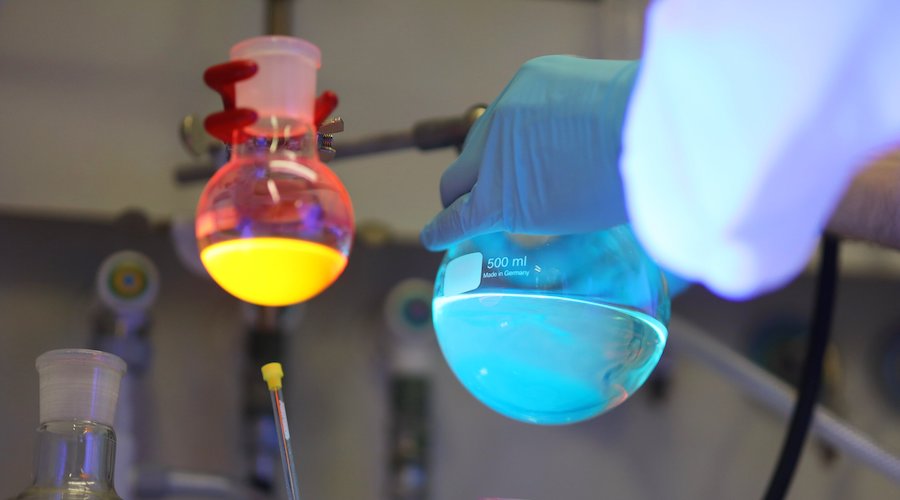
A researcher at the Leibniz Institute for Catalysis in Rostock has developed new methods for the synthesis of drug precursors using catalysts made of iron, manganese and cobalt.
In a paper published in the journal Chemical Science, Johannes Fessler explains that each of these three chemical elements has the potential to replace several noble metals that are commonly employed in organic chemistry to catalyze fine chemicals.
As an example, Fessler describes a complex active ingredient candidate based on pyrrole, a common drug precursor, which can be created from “simple starting materials” with the help of an acid-tolerant homogeneous iron catalyst and at room temperature.
“Homogeneous” catalysis means that the starting materials – catalyst, solvent and ultimately the product and by-product – are dissolved in a single reaction vessel. They must therefore be separated after each reaction step, purified and prepared for the next step.
“If you manage to save one of these steps in the chemical process, you greatly reduce the amount of time and material required and minimize waste,” Fessler said in a media statement.
This is precisely what he achieved with the reaction to pyrrole, using a reaction cascade.
Climate-neutral chemical industry
Replacing noble metals as catalysts with iron and the like has become an attractive research topic.
“The task of climate-neutral, sustainable management is facing the chemical industry as well as all other sectors,” the researcher said.
Iron is abundant, making up 5% of the earth’s crust. And after iron and titanium, manganese is the most common transition metal on the planet.
On the other hand, there is a reason why base metals have so far only played a marginal role in organic chemistry.
“They are often less stable in catalytic processes than catalysts made of noble metals,” Fessler explained. “In addition, they usually work at high temperatures and pressures in the area I am researching.”
However, such harsh conditions would destroy the complex molecules in drug production. The chemical structures that ensure the specific effect of a drug, the so-called functional groups in the molecule, are particularly at risk.
In this respect, it is a success to show how catalysts made of iron, manganese and cobalt can sometimes manage with significantly milder reaction conditions compared to previous practice. In the case of pyrrole, these are temperatures between 20 and 30 degrees Celsius.
Johannes Fessler’s experiments revealed another advantage of his approach: His non-noble metal catalysts very precisely converted only those molecules that the chemists needed in the actual synthesis. “We call this approach highly selective. It produces hardly any by-products or waste,” he said.
The scientist tested the reliable functioning of his reaction on various active ingredients and drug precursors.
“We wanted to make sure that the iron catalyst also activates the right place in the molecule for these substances and spares the sensitive functional groups,” he noted.
In this way, the chemist tested his method on widely used cholesterol-lowering drugs and blood pressure medications, among others.
Short Link:
https://www.miningnews.ir/En/News/628131

Anglo American Plc said it is has received an unsolicited non-binding combination proposal from BHP Group.

Australia’s Fortescue on Wednesday logged a larger-than-expected decline in third-quarter iron ore shipments, following ...
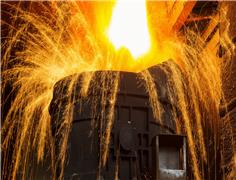
Iron ore futures prices ticked lower on Monday, weighed down by diminishing hopes of more stimulus in top consumer ...

Interros, Nornickel’s largest shareholder, on Monday called allegations by fellow shareholder Rusal about undervalued ...
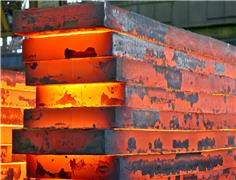
Iron ore futures prices drifted higher on Thursday as the latest soft data from top consumer China triggered renewed ...
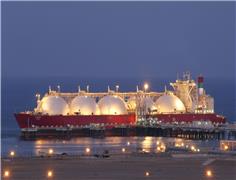
Vitol Group confirmed that it’s starting to rebuild a trading book for metals after a long stint out of the market, with ...

Australia’s Fortescue said on Monday it would form a joint venture with OCP Group to supply green hydrogen, ammonia and ...
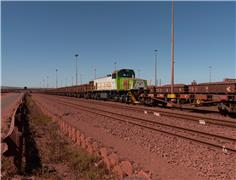
Iron ore reversed direction after dropping to its lowest level in 10 months as optimism that the country’s economic ...
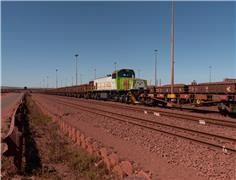
Iron ore reversed direction after dropping to its lowest level in 10 months as optimism that the country’s economic ...
No comments have been posted yet ...